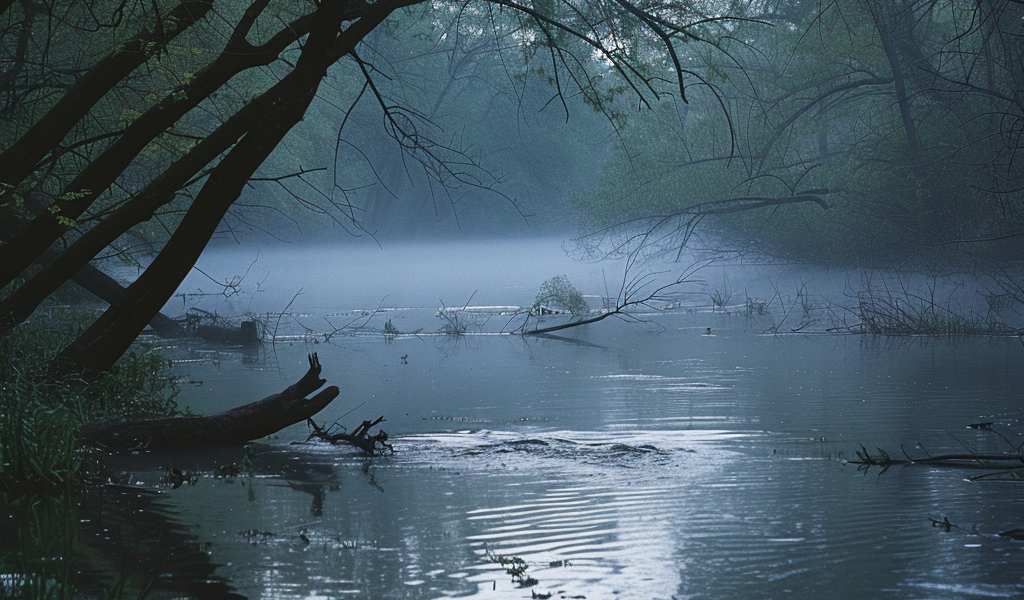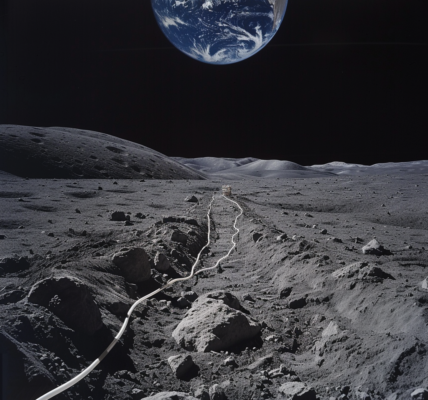Researchers Propose New Method for Tracking Origins of CO2 Emissions from Streams, Rivers, and Lakes
A team of researchers from the University of Massachusetts Amherst has proposed a new method for tracking the elusive origins of CO2 emissions from streams, rivers, and lakes. The team specializes in accounting for carbon dioxide release by inland waters and has demonstrated that the chemical process known as ‘carbonate buffering’ can account for the majority of emissions in highly alkaline waters, distorting the most commonly used method of tracking CO2 origins.
The research, published in Global Biogeochemical Cycles, aims to address the challenge of accurately measuring and understanding the carbon dioxide released by inland waters, which accounts for approximately 5.5 gigatons of CO2 emissions annually, about 15% of human emissions. Matthew Winnick, assistant professor of Earth, Geographic, and Climate Sciences at UMass Amherst and the lead author of the paper, highlights the difficulty in accounting for this carbon in current climate models due to the cryptic nature of its production through carbonate buffering.
Winnick explains that carbonate buffering acts as a hidden reserve pool of CO2, replenishing carbon lost to the atmosphere and ultimately increasing the amount of CO2 available for off-gassing. To illustrate the operation of this hidden pool, Winnick and his co-author, then-UMass graduate student Brian Saccardi, drew insights from studies focusing on the carbon content of oceans. They applied well-known geochemical equations from ocean studies to build models that could account for a wide range of river and stream conditions, despite the differences in the functioning of oceans and inland waters.
Carbonate buffering begins with the dissolution of CO2 in water, leading to the formation of carbonic acid, which further reacts to become bicarbonate and carbonate. This reaction can also run in reverse, indicating that high levels of bicarbonate and carbonate can act as reserve pools of CO2, driving emissions. The delicate balance of CO2, water, and carbonate is referred to as ‘carbonate buffering’.





